What's the meaning of the Menorah »
Menorah
This page is about the meaning, origin and characteristic of the symbol, emblem, seal, sign, logo or flag: Menorah.
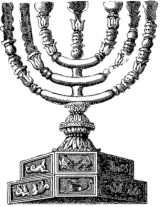
The menorah (Hebrew: מְנוֹרָה [mənoːˈɾaː]) is described in the Bible as the seven-lamp (six branches) ancient Hebrew lampstand made of gold and used in the portable sanctuary set up by Moses in the wilderness and later in the Temple in Jerusalem. Fresh olive oil of the purest quality was burned daily to light its lamps. The menorah has been a symbol of Judaism since ancient times and is the emblem on the coat of arms of the modern state of Israel.
The menorah willow consisted of a base and a shaft with six branches, beaten out of solid gold. The six branches curved to the height of the central shaft so that all seven lamps at their apexes were in a straight line.
The Hebrew Bible, or Torah, states that God revealed the design for the menorah to Moses and describes the construction of the menorah as follows (Exodus 25:31-40):
"31 And you must make a lampstand of pure gold. Of hammered work the lampstand is to be made. Its base, its branches, its cups, its knobs and its blossoms are to proceed out from it. 32 And six branches are running out from its sides, three branches of the lampstand from its one side and three branches of the lampstand from its other side. 33 Three cups shaped like flowers of almond are on the one set of branches, with knobs and blossoms alternating, and three cups shaped like flowers of almond on the other set of branches, with knobs and blossoms alternating. This is the way it is with the six branches running out from the lampstand. 34 And on the lampstand are four cups shaped like flowers of almond, with its knobs and its blossoms alternating. 35 And the knob under two branches is out of it and the knob under the two other branches is out of it and the knob under two more branches is out of it, for the six branches running out from the lampstand. 36 Their knobs and their branches are to proceed out from it. All of it is one piece of hammered work, of pure gold. 37 And you must make seven lamps for it; and the lamps must be lit up, and they must shine upon the area in front of it. 38 And its snuffers and its fire holders are of pure gold. 39 Of a talent of pure gold he should make it with all these utensils of it. 40 And see that you make them after their pattern that was shown to you in the mountain."
The branches are often artistically depicted as semicircular, but Rashi may be interpreted as saying they were straight, and Maimonides, according to his son Avraham, held that they were straight; other authorities, including Ibn Ezra, say they were round.
Archaeological evidence, including depictions by artists who had seen the menorah, indicates that they were neither straight nor semicircular but elliptical.
Until 2009, the earliest preserved representation of the menorah of the Temple was depicted in a frieze on the Arch of Titus, commemorating his triumphal parade in Rome following the destruction of Jerusalem in the year 70 CE.
In 2009, however, the ruins of a synagogue with pottery dating from before the destruction of the Second Temple were discovered under land in Magdala owned by the Legionaries of Christ, who had intended to construct a center for women's studies. Inside that synagogue's ruins was discovered a rectangular stone, which had on its surface, among other ornate carvings, a depiction of the seven-lamp menorah differing markedly from the depiction on the Arch of Titus, probably carved by an eyewitness to the actual menorah present at the time in the Temple at Jerusalem. This menorah has arms which are polygonal, not rounded, and the base is not graduated but triangular.
Representations of the seven lamp artifact have been found on tombs and monuments dating from the 1st century as a frequently used symbol of Judaism and the Jewish people.
The menorah symbolized the ideal of universal enlightenment. The seven lamps allude to the branches of human knowledge, represented by the six lamps inclined inwards towards, and symbolically guided by, the light of God represented by the central lamp. The menorah also symbolizes the creation in seven days, with the center light representing the Sabbath. It is also said to symbolize the burning bush as seen by Moses on Mount Horeb (Exodus 3).
- 1,888 Views
Graphical characteristics:
Asymmetric, Open shape, Colorful, Contains both straight and curved lines, Has crossing lines.
Category: Religious Symbols.
Menorah is part of the Jewish Symbols group.
More symbols in Jewish Symbols:
Jewish signs and symbols. read more »

More symbols in Religious Symbols:
Religious symbolism is the use of symbols, including archetypes, acts, artwork, events, or natural phenomena, by a religion. Religions view religious texts, rituals, and works of art as symbols of co… read more »
Citation
Use the citation below to add this symbol to your bibliography:
Style:MLAChicagoAPA
"Menorah." Symbols.com. STANDS4 LLC, 2024. Web. 18 Apr. 2024. <https://www.symbols.com/symbol/menorah>.


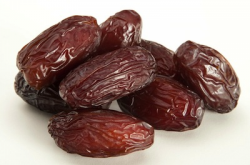
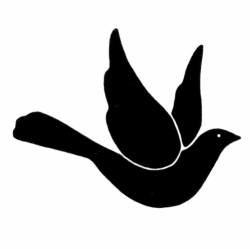
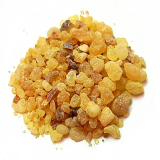
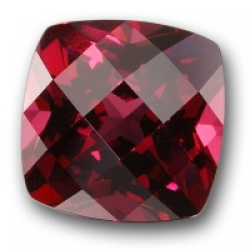
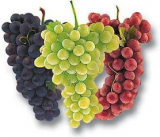
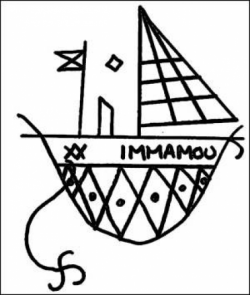
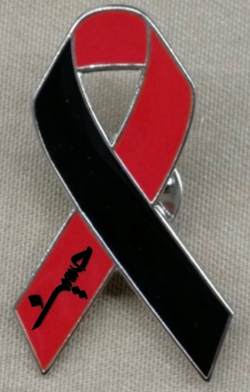

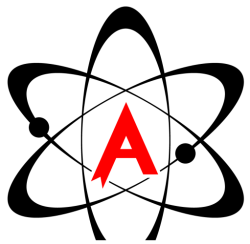
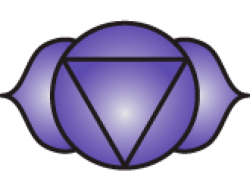
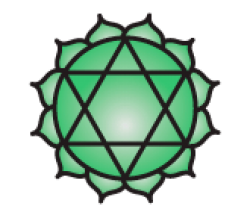

Have a discussion about Menorah with the community:
Report Comment
We're doing our best to make sure our content is useful, accurate and safe.
If by any chance you spot an inappropriate comment while navigating through our website please use this form to let us know, and we'll take care of it shortly.
Attachment
You need to be logged in to favorite.
Log In